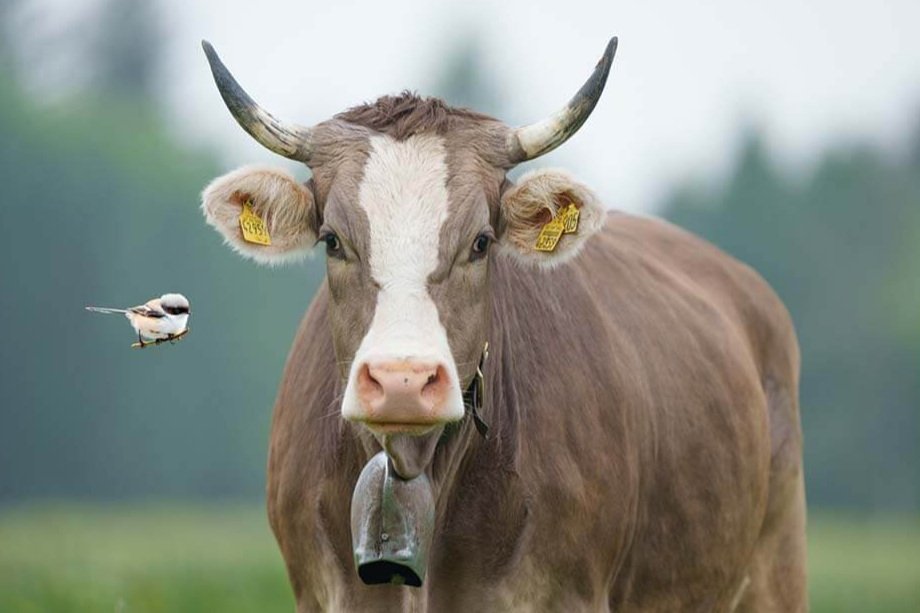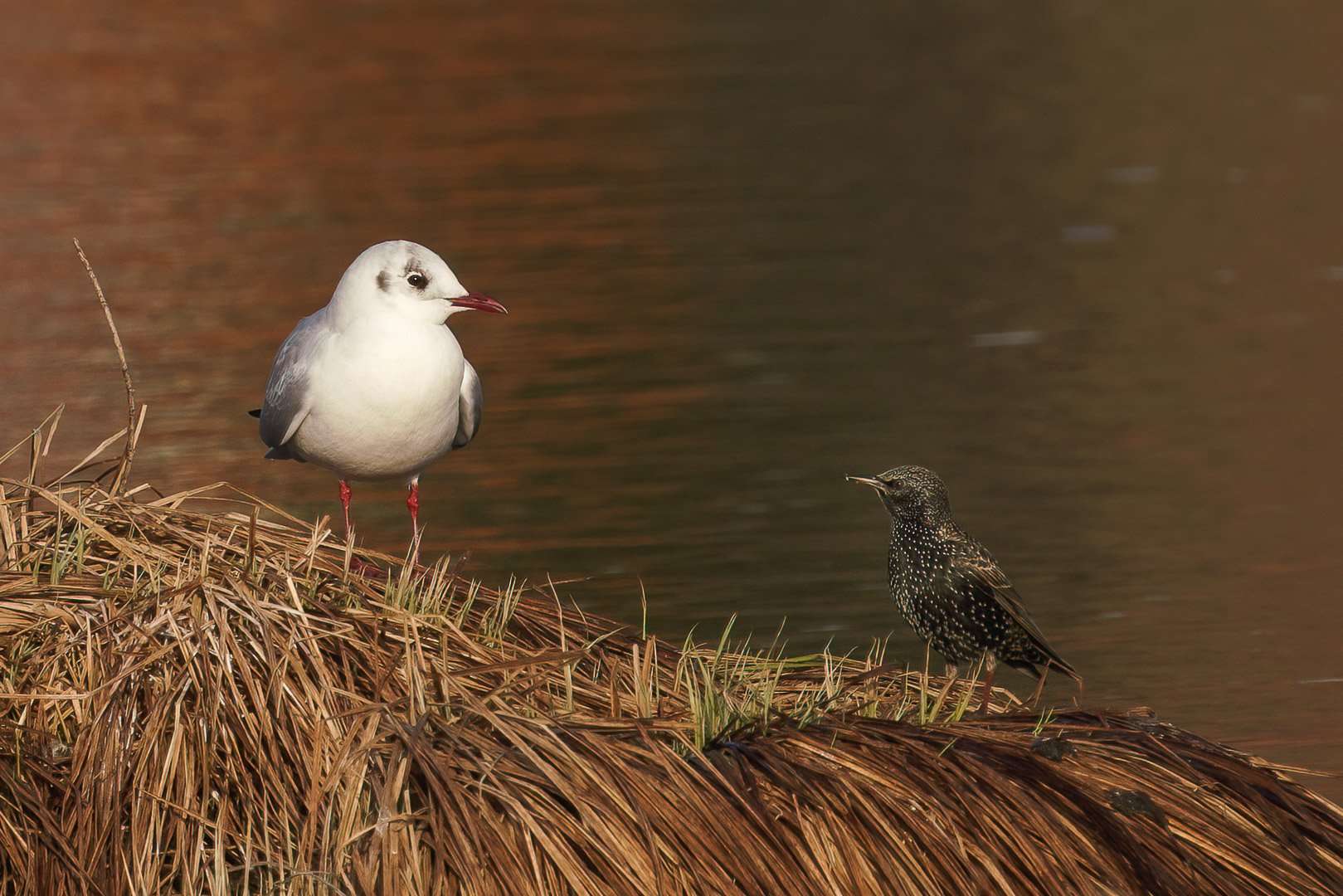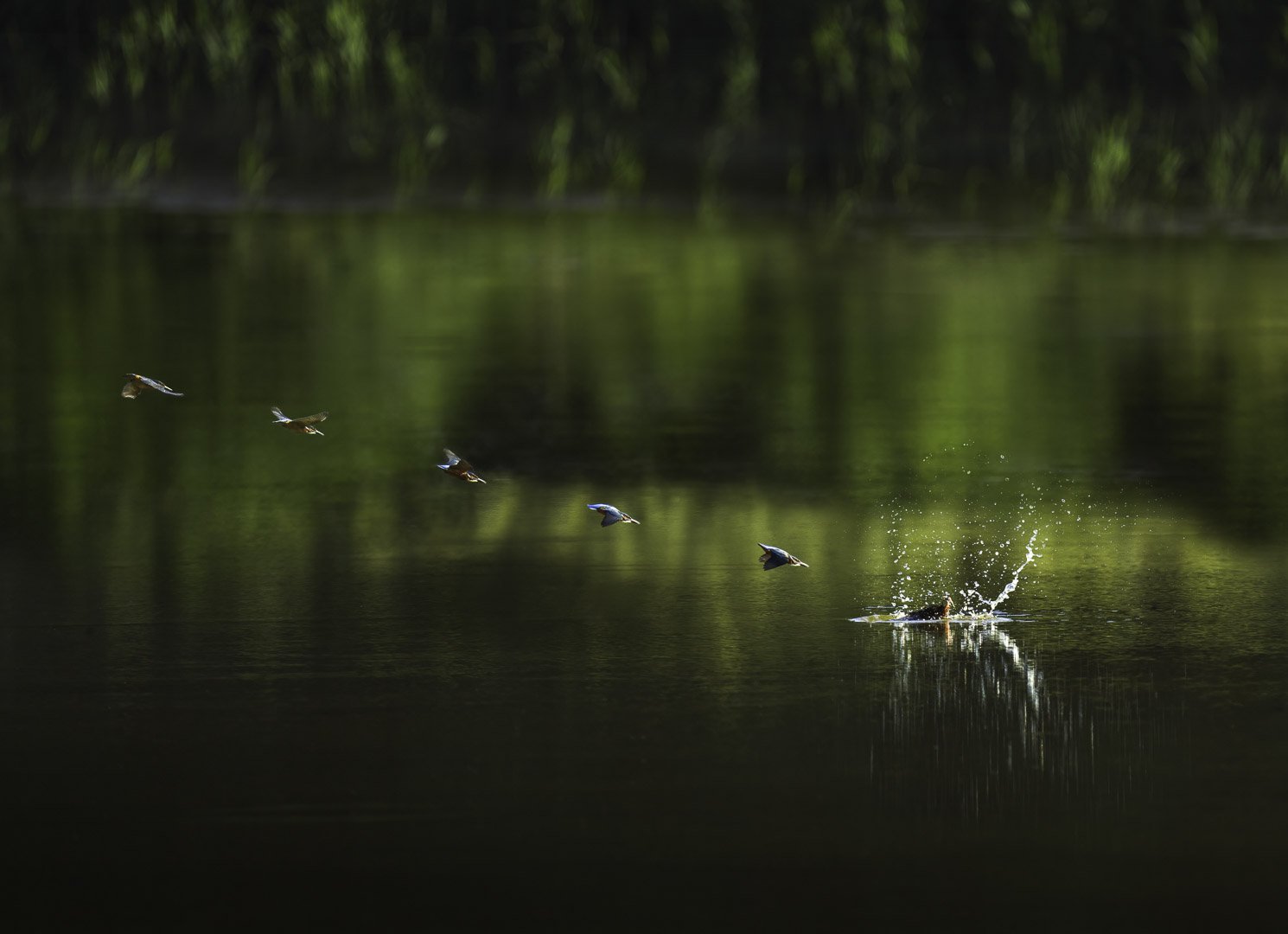Lens Aperture – Playing with Light and Focus
Key Facts: What You Should Know About Aperture
- Definition: Aperture is a mechanical part of a lens that controls the amount of light reaching the camera sensor.
- Measurement: The size of the opening is measured in f-stops (e.g., f/2.8).
- Function: Affects exposure and depth of field in photos.
- Impact: Wide apertures (small f-numbers) create shallow depth of field, while small apertures (large f-numbers) result in more depth of field.
- Usage: Suitable for portraits, landscapes, or dynamic scenes.
Table of Contents
- Introduction: Why Is Aperture Important?
- How Does Aperture Work?
- F-Stop Numbers and Their Effects
- The Role of Aperture in Exposure and Depth of Field
- FAQ: Common Questions About Aperture
- Shortlist – Key Features:
Introduction: Why Is Aperture Important?
Aperture is one of the most essential tools in photography, significantly influencing creative expression. It not only controls the amount of light entering the lens but also determines how much of the image is in sharp focus or beautifully blurred. Whether you’re capturing dreamy portraits or razor-sharp landscapes, choosing the right aperture makes all the difference.
How Does Aperture Work?
Aperture consists of movable blades inside the lens that form a circular opening. This opening can be adjusted to let in more or less light. The size of the opening is represented by f-stop numbers like f/2.8 or f/16:
- Wide Aperture (e.g., f/2.8): Lets in more light and creates a shallow depth of field.
- Small Aperture (e.g., f/16): Lets in less light and increases depth of field.
Aperture directly affects the exposure and overall appearance of your image.
F-Stop Numbers and Their Effects
1. Wide Apertures (Small F-Numbers, e.g., f/2.8)
- Characteristics:
- Allows more light to reach the sensor.
- Produces shallow depth of field (blurred background, bokeh effect).
- Use Cases:
- Perfect for portraits to separate the subject from the background.
- Great for low-light situations, as faster shutter speeds are possible.
2. Small Apertures (Large F-Numbers, e.g., f/16)
- Characteristics:
- Allows less light to reach the sensor.
- Increases depth of field (multiple layers of the image are in focus).
- Use Cases:
- Ideal for landscapes or architecture, where foreground and background details are important.
- Often requires longer shutter speeds, which may need a tripod.
The Role of Aperture in Exposure and Depth of Field
1. Controlling Exposure
Aperture is part of the “exposure triangle” (aperture, shutter speed, ISO). By adjusting the amount of light reaching the sensor, aperture plays a major role in determining the brightness of your photo.
- Examples:
- Wide Aperture (f/2.8): Allows shorter shutter speeds, ideal for action photography.
- Small Aperture (f/16): Suitable for longer shutter speeds, perfect for long exposures.
2. Adjusting Depth of Field
Aperture controls how much of the photo is in focus.
Shallow Depth of Field:
- Wide apertures (e.g., f/2.8) blur the background and emphasize the subject.
- Great for portraits or wildlife photography.
Large Depth of Field:
- Small apertures (e.g., f/16) keep both foreground and background sharp.
- Ideal for landscapes or group photos.
FAQ: Common Questions About Aperture
1. What is aperture in photography?
Aperture is a part of the lens that controls how much light reaches the sensor.
2. How does aperture affect depth of field?
A wide aperture (e.g., f/2.8) creates shallow depth of field, while a small aperture (e.g., f/16) makes most of the scene sharp.
3. When should I use a wide aperture?
Use wide apertures for portraits, low-light conditions, or to make subjects stand out from the background.
4. What aperture is best for landscapes?
A small aperture (e.g., f/8 or f/11) provides a large depth of field, keeping everything in focus.
5. What is aperture priority?
Aperture priority is a camera mode where you set the aperture, and the camera adjusts the shutter speed automatically for correct exposure.
Shortlist – Key Features:
- Brightness: Aperture regulates the amount of light for proper exposure.
- Depth of Field: Wide apertures create shallow depth of field; small apertures provide large depth of field.
- Bokeh: Wide apertures produce a soft, blurry background.
- Flexibility: Aperture priority allows creative control over exposure and focus.
- Details: Small apertures ensure both foreground and background are sharp.








